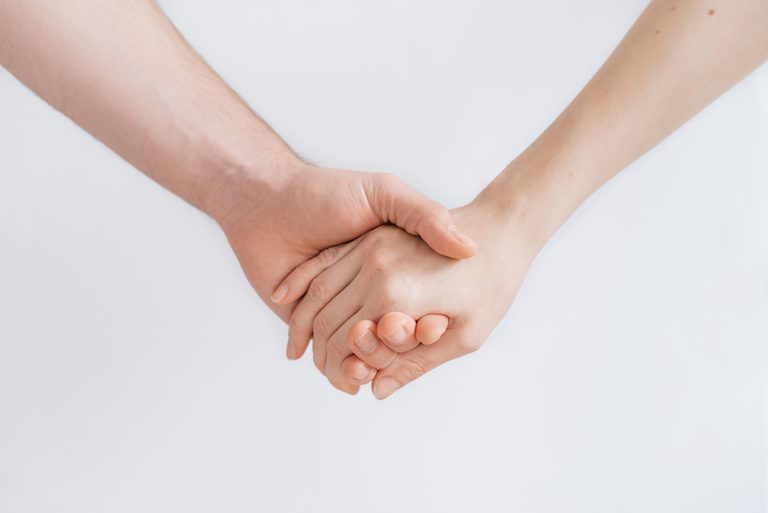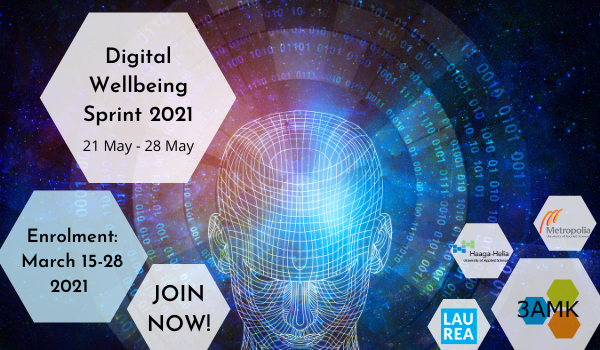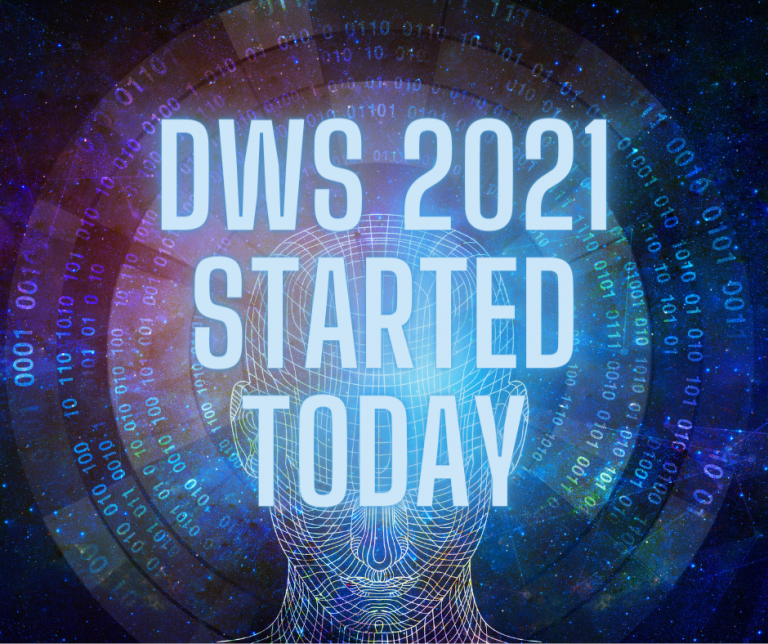What to know when starting a health-tech company – Interview with Disior
In this blog post we sat down with a CTO and co-founder of Disior Sakari Soini to talk about everything health-tech start-up related. Are you interested in joining a health-tech start-up or creating your own? Have you heard about death valley? Will someone steal your idea? Are there opportunities for students in health-tech? If any of these questions got your attention – keep reading!
Disior is a Helsinki-based healthtech start-up, it develops a 3D analytics software solution for clinicians, it’s mission to provide medical professionals with the diagnostic information they need to deliver perfectly-tailored treatments to every patient.
Today Disior is a team of 20 motivated professionals, and recently the company closed a €3M capital investment round, which surely means that the team has ambitions plans for further development. But let’s find out about everything from our guest first-hand!
Galina: Sakari, could you tell us about Disior story? Why did you choose healthtech?
Sakari: I was leading all the simulation in Nokia (and at Microsoft department for a couple of years after the acquisition), our team created these simulations from scratch. Anna-Maria Henell (co-founder of Disior) was also a key person in Nokia simulation system. So, we created the whole simulation system and took it into use. These were special years, in Nokia we used simulations a lot, we created systems for the reliability, turmoil, antennas, acoustics, electromagnetic and more, in fact, this was a base for founding Disior. We learnt a lot about how simulations are used back then. And then after this, Microsoft bought Nokia Mobile Phones division, they decided to end all that stuff. At this point, me and Anna Maria were thinking about what to do next. And in fact, if someone is looking for ideas, we have collected a lot! We still have 50 ideas in our PowerPoint list, and they are all from different areas. One of those ideas was to utilize what we have learned in some other discipline area. We visited quite many different places, there was a lot of exciting possibilities, but then we ended up in health tech because one of my neighbours hurt his leg.
we ended up in health tech because one of my neighbours hurt his leg
I looked at how it was treated: medical staff takes one image, they put an orthopaedic cast on the leg, and say to please be more careful. And then I thought that if that would be an engineering problem, the process would iterative, and we would use simulations there. So, we thought that maybe we can make use of simulation and analysis what we have done in medical field.
We didn’t know anybody from health tech and/or the medical area, so we just called some of the leading physicists in HUS (Helsinki University Hospital) area and say, “Hey, it’s Sakari and Anna-Maria, is it possible to have a chat?”, and then we would meet these people, we didn’t know anything about medical area, but we had a lot of very fine knowledge from the mobile phone analysis and this was very fancy technology back then in the field. We have been meeting with experts for several months, we met Risto Kontio and Gonçalo Barreto.
Gonçalo knows a lot about bone structure and bones as material, he has a PhD in orthopaedics and traumatology, and does research in joint osteoarthritis; Risto is a Chief Physician and a maxillofacial surgeon, he knows what the doctors need. And Anna-Maria and me, we know how to build those analysis systems, so together we make a team of 4 co-founders.
During the testing phase and interviews with clinical professionals, we went through many, many, many different areas, but ended up here [orthopaedics and bone structure], as this was an interesting area. We didn’t end up continuing working on the mobile phones which we have done for two decades, but still, we can utilize our knowledge quite well. We identified that there is a need for this kind of solutions and proceeded to test the markets, that was the starting point.
Galina: What was the first big challenge for you back then?
Sakari: In the very beginning when we were new in entrepreneurial scene, the first challenge was to get funding. And that is a big, big question there, because you have to find somebody who will put his or her own money in that project. And that is a big step. Many of our colleagues from Nokia and Microsoft were also setting up companies, but many didn’t get any funding, and didn’t continue this entrepreneurial journey.
The funding rounds are, in fact, always difficult. But still especially you need to do a lot in very early stages, which for us ended up in sleepless nights and questions like “how this will end? how I will go on?” because there was no going back in any way, this was our only option, and so we worked very hard to get it done.
there was no going back in any way, this was our only option, and so we worked very hard to get it done
Galina: How about the product? How long does it take to develop? Do you remember your first customer?
Sakari: It is quite difficult to say as our product have evolved during the whole time, in the very beginning, when we were testing our idea and we were doing the research projects, our first customer was Helsinki University Hospital (HUS). In the medical field you are not able to sell the actual product for clinical use until your product is regulated, you need to receive a CE mark and/or FDA clearance, which takes minimum 2-3 years. That is a difficult process for medical device start-ups, which is missing from the normal start-up journey, and that’s why not too many are in healthtech field.
There are certain ways how you have to operate in this field, so that you get over the quite long death valley, as they say. In the medical area that time when you don’t have product that you can sell, and you don’t have good funding is a long period of time. It is crucial for early-stage medical companies to think about this period, break it into smaller chunks and get the product eventually out.
We have been a bit lucky with this, as we are cooperating very closely with the Finnish company called Planmed (part of Planmeca Group). We created our first ankle product together with them. From our point of view, it has been very fruitful for the development because Planmed has a long history in the medical device business, they have CBCT equipment, and they know better than we do about the regulations. It’s wise to co-operate with this kind of people who are on the market for a longer period of time. They have the knowledge.
In the medical area that time when you don’t have product that you can sell, and you don’t have good funding is a long period of time. It is crucial for early-stage medical companies to think about this period, break it into smaller chunks and get the product eventually out.
Galina: You mentioned that you are working together with doctors and clinicians, as well as you have partners in medical devices industry. How important is it to get customers into the product development?
Sakari: It’s very important to us. In our case the skills which are needed to use the product are very unique as well as they are completely different from the skills needed to create this product. Doctors are using it, and we are building solutions for them, so it is absolutely crucial to cooperate all the time. Currently, we have weekly workshops with different doctors: they are looking at what we are doing and are giving us feedback, and we are fine tuning our features accordingly as well as we are constantly asking our customers what they need and what can be improved.
Doctors are using it, and we are building solutions for them, so it is absolutely crucial to cooperate all the time.
Galina: How about other companies? Often young entrepreneurs are afraid to show their ideas to the public because it might get copied. What do you think about this?
Sakari: As a co-founder myself I understand that it is really difficult to go out, and you always think that everybody will steal your idea. I think it is good, when you are afraid about ideas, because it shows that it is valuable for you, it’s your money and work and you don’t want to give it out to just anybody, you keep it close. That is good, because it means your mindset is correct. BUT you have to as soon as possible share it with as many people or instances as you can. You may want to meet venture capitalists, doctors, others, and you have to have to show what you got to them. And in reality, nobody will steal your ideas, but they will help you to go forward. Some people think that they can only be successful if they are working in stealth mode, in the dark side there without telling anybody, and that is totally wrong. I wouldn’t recommend doing that to anybody, maybe only in some very special cases, because it is vital to get the feedback.
Galina: To wrap up the interview I would like to talk about Disior collaboration with students and Digital Wellbeing Sprint! I know that Disior works very closely with universities. Could you tell us more about these collaborations and why are they important?
Sakari: We love cooperating with students and taking parts in events like Digital Wellbeing Sprint, because every now and then we learn something new! That is difficult not only for the young companies. You have to open up, prepare and go outside the office, otherwise you only develop your product by yourself. It is really fruitful to see how others are trying to solve the challenge that you have been digging by yourself, it opens up new perspectives and generates plenty of new ideas.
We love cooperating with students and taking parts in events like Digital Wellbeing Sprint, because every now and then we learn something new!
Galina: In 2019, Disior participated in Digital Wellbeing Sprint as a partner company, could you tell us about this experience?
Sakari: Yes, we have been there, and we liked it, we got ideas and we got a new fresh look for the challenge that we were solving. The challenge was a marketing type of planning, which we thought about ourselves and opened it up for the DWS. We were able to get valuable input there. It helped us a lot, and it is not only that you get new ideas, but your own solutions will be reviewed by the eyes of somebody else, which in turn will prevent you from making mistakes, and that’s why it’s very important, I think and that is why we are always interested in this kind of stuff.
Galina: Any advice for the companies and students participating this year Digital Wellbeing Sprint?
Sakari: In these kinds of events and actually just in general, it is important to open the mind, take the lead by yourself and bring your ideas to life or make that happen. Don’t wait for someone to give you all the answers and all the information, make it your own way. It’s critical to adopt this mindset of “hey, let’s make this happen!” and “let’s create this!”
Galina: What a great statement to wrap up! Thank you for the interview, Sakari and let’s make it happen!
Sakari’s session took place this morning, on Wednesday, 26th of May at Digital Wellbeing Sprint 2021!






